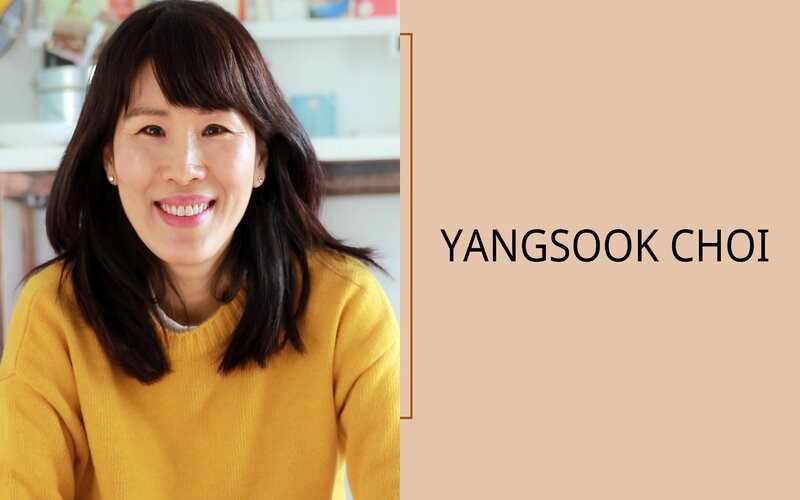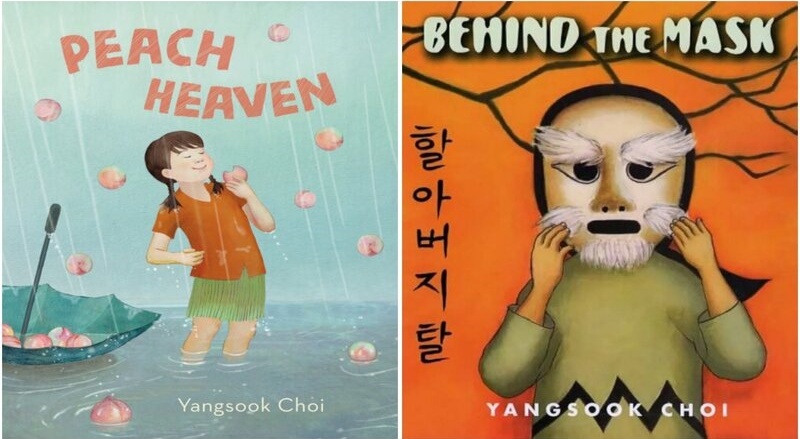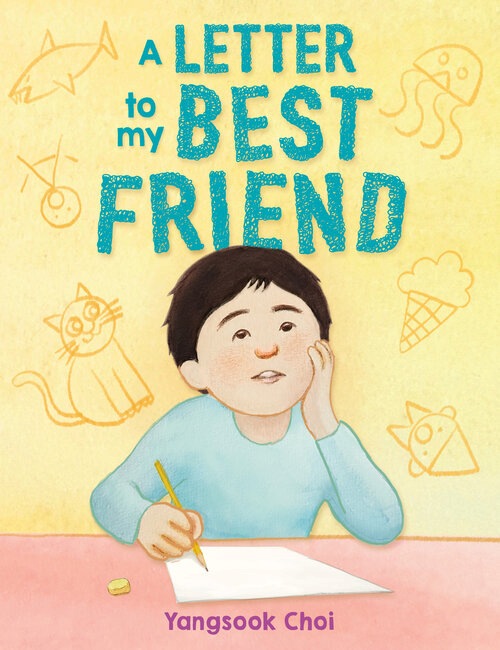- 한국어
- English
- 日本語
- 中文
- العربية
- Español
- Français
- Deutsch
- Pусский
- Tiếng Việt
- Indonesian
By Honorary Reporter Mennatallah Hussein Elsayed from Egypt
Photos = Choi Yang-sook

Choi Yang-sook has received both domestic and international recognition for her works.
Crafting her works through a strong connection to Korean culture, children's author Choi Yang-sook has received global acclaim for books like "The Name Jar," "Behind the Mask," "Peach Heaven," and "The Sun Girl and the Moon Boy."
Her impressive resume includes inclusion among The New York Times Outstanding Books of the Year, American Library Association Notable Books and International Reading Association's Children's Book Award.
To mark the 21st anniversary of "The Name Jar," I held an email interview between August and October with this Korean author who now spends her time in New York and Seoul about her experiences, inspirations and storytelling.
Briefly introduce yourself.
I grew up in Korea and my journey as an artist began at age 4, when I told my grandmother spooky stories. After moving to New York to pursue my art and graduating from the School of Visual Arts, I started a path that led me to write and illustrate many books for young readers.

On the right is Choi's picture book "Behind the Mask," which won Best Children's Book in 2007 from the New York-based Bank Street College of Education, and on the left is "Peach Heaven," which won the same honor in 2006 and will be reissued in July next year.
What inspires you to write about Korean culture in your works?
We all belong to specific races, families, cultures and time periods, leading us to have a unique experience and story to tell. I believe the beauty of our diverse cultures lies in their celebration and sharing. I take great joy in sharing my Korean culture and heritage with young readers.
What do you find most fulfilling about writing children's books?
Children's stories invariably carry messages of hope. I find it immensely rewarding to let young readers know that even in the face of the toughest challenges or darkest moments, their stories are far from over. Dawn awaits if they don't give up. I want them to see themselves as great characters who make good choices. Viewing themselves through this lens can significantly improve the trajectory of their life stories.
How do you create authentic characters that children can relate to and sympathize with?
My process starts with rough character sketches. I delve into their personalities by drawing them repeatedly. During this iterative process, I aim to understand their thoughts and emotions and how they might act or react in certain situations. Empathy is the key, as using empathetic eyes rather than those of judgment or impatience allows me to create authentic and relatable characters.

"A Letter to My Best Friend" will come out in July next year.
Why is it important for children to see themselves in picture books?
When children see their faces reflected in books, it signifies that their stories are valued and matter. Failing to depict a diversity of children in literature is akin to covering the existence of underrepresented children, making them invisible. Children revel in being seen. Being attentively seen strengthens and validates them, acknowledging their unique gifts and their role in creating a balanced community.
What do you hope children learn from your stories and connecting with the characters?
I hope that children from diverse backgrounds form emotional connections with themselves and others. Stories transcend mere events; they reveal how individuals become who they are, who they are in the process of becoming, and why it's significant to them and their communities.
msjeon22@korea.kr
*This article is written by a Korea.net Honorary Reporter. Our group of Honorary
Reporters are from all around the world, and they share with Korea.net their love and passion for all things Korean.